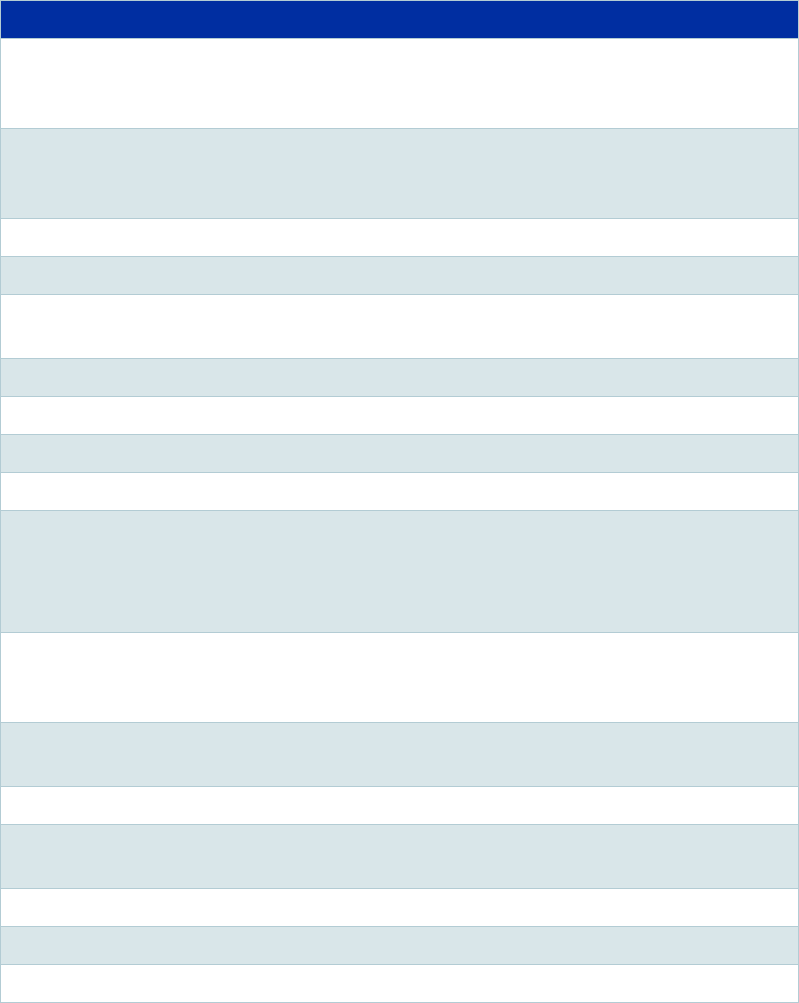
Configure VRF-lite | Page 87
VRF-lite usage guidelines
VRF-lite usage guidelines
The general guideline is that all current services remain available in the default global VRF
domain only, unless the service is either explicitly VRF aware, or the service runs completely
independently of VRF and therefore has no requirement to be VRF aware.
VRF-LITE SPECIFIC GUIDELINES
Utility services such as TFTP, SNMP, SSH server, telnet server, system log, file copy, DHCP relay,
DHCP server, DHCP snooping, NTP server are not VRF aware and remain available in the global
VRF domain only.
VRF-lite is supported for IPv4 unicast and broadcast traffic only. L2 and L3 multicast services,
including IGMP snooping, IGMP querier, IGMP proxy, PIM remain available via the global VRF
domain only.
IPv6 routing protocols are not VRF aware and remain available in the global VRF domain only.
SNMP and syslog services remain available via the global VRF domain only.
In the case of Nested VLANs (VLAN double tagging), all VLANs (and associated switch ports)
must be a member of the global VRF domain only.
GVRP is not supported in conjunction with VRF-lite.
QoS services remain available via the global VRF domain only.
Subnet-based VLAN classification is not supported in conjunction with VRF-lite.
All private VLANs must be a member of the global VRF domain only.
802.1Q trunked links are able to span multiple VRF instances with the x610 product only.
802.1Q trunked links are not able to span multiple VRF instances with x900 series switch and the
Switchblade x908 switch - all VLANs associated with an 802.1Q trunked link must exist within a
single VRF instance for these products.
All data VLANs and associated control VLAN associated with an EPSR domain must exist within
the same VRF instance. For example, EPSR data VLAN(s) cannot reside in a different VRF instance
than the associated control VLAN for an EPSR domain.
Both RSTP or MSTP can be used in conjunction with VRF. VLANs associated with an MSTP
instance should exist within same VRF instance.
802.1x authentication services remain available via the global VRF domain only.
VRRP instances continue to operate on a per port basis - VRRP monitored interfaces defined in a
VRRP instance should exist within the same VRF instance as the VRRP instance.
Filtering services (routemaps, access groups, ACLs) continue to work independently of VRF-lite.
Static aggregation and LACP continue to work independently of VRF-lite.
LLDP continues to work independently of VRF-lite.


















